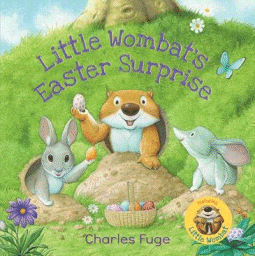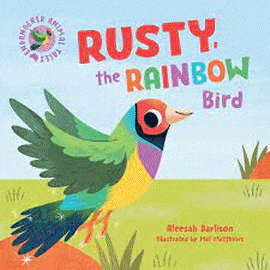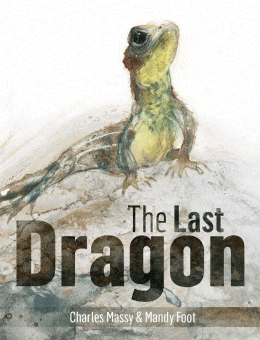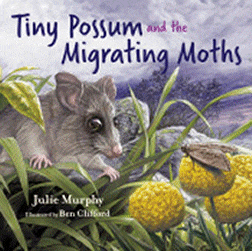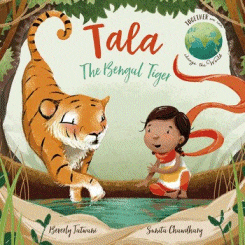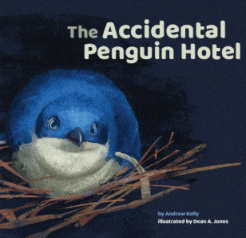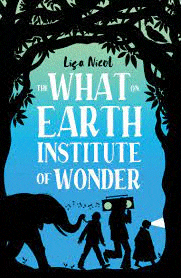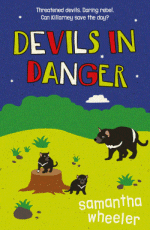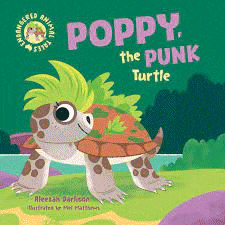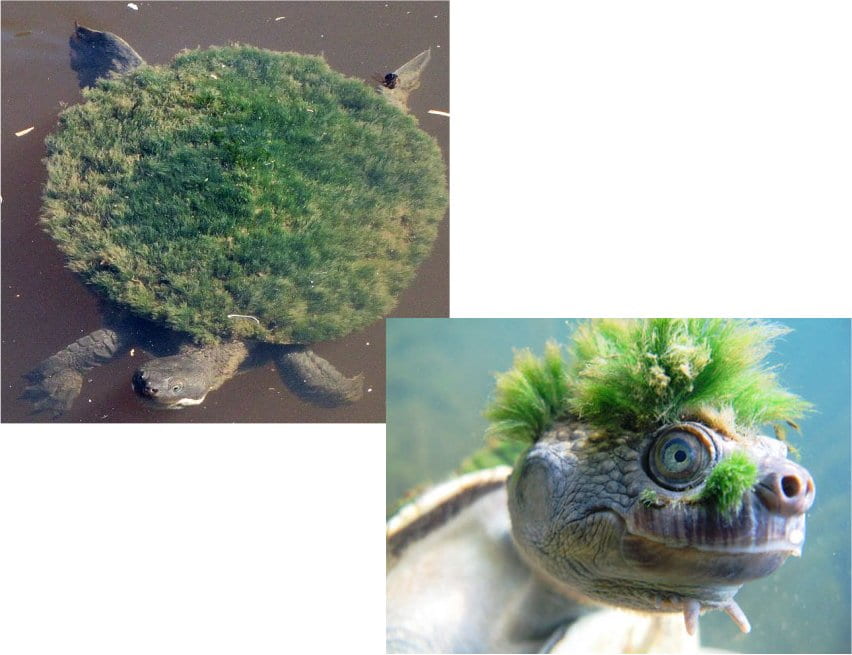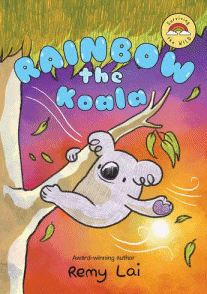
Rainbow the Koala
Rainbow the Koala
Remy Lai
A&U Children’s, 2022
112pp., pbk., RRP $A14.99
9781761065453
It is time for Rainbow the Koala to become more independent and so, after a year of being nurtured and comforted and provided for, he has to say goodbye to his mother and venture off on his own- find a new tree, seek his own food and generally be the adult he was destined to be. But it’s not easy – for starters, it’s not just a matter of climbing the nearest tree and calling it his. It has to be the right species and unoccupied and with the way land is being cleared for humans and the drying landscape making them less nutritious, there are not so many of the just-rights available. Waterholes made by humans can be treacherous, dogs are not always the koala’s best friend and the smell of smoke on the air is a signal for alarm…
This is the first in a new graphic novel series called Surviving the Wild designed to make young readers more aware of the environment by viewing it through the lenses of those creatures that live in it. The new NSW English syllabus, particularly, requires students to be able to “to express opinions about texts and issues… both objectively and subjectively”, so as well as empathising with Rainbow as they, too, face having to step out of their comfort zone to navigate the new world of school; meeting new people who, like Kookaburra, may not be as friendly as they expect, and having to solve problems for themselves, they also learn about the perils of things like habitat destruction, climate change, drought… Being in the shoes of the main character, in this case a koala which automatically has inbuilt appeal, helps them be more engaged and understand the situation better, hopefully inspiring them to become not only more aware but more active in environmental protection. Inspired by the devastating bushfires of the 2019.2020 summer in which it’s estimated over one billion creatures were lost, there are extra pages explaining the origins of Rainbow’s predicament as well as ways that the reader can help by making simple, everyday changes.
Hallmarks of quality literature include having characters and a plot which are engaging and interesting for the students, offering layers and levels of complexity that are revealed with multiple readings and which enrich discussion and challenge perceptions, thinking and attitudes. This certainly does that and young readers will look forward to Star the Elephant which is already published and Sunny the Shark due in August.
